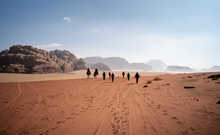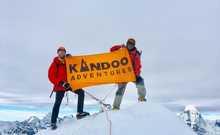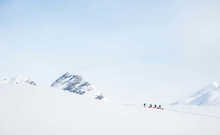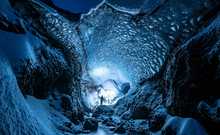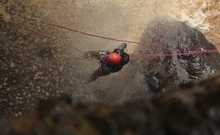The O Circuit VS The W Trek
Trekking in Patagonia is a bucket-list adventure for hikers around the world. Shared by both Chile and Argentina, Patagonia is a region located at the southern tip of South America known for its dramatic landscapes of towering granite spires, turquoise lakes and sprawling glaciers.
Among the most popular trekking destinations in Patagonia is Torres del Paine National Park in Chile, home to two iconic multi-day hikes: the O Trek and the W Trek. Both routes offer breathtakingly beautiful scenery and the chance to immerse yourself in one of the most spectacular wilderness areas and most sparsely populated place on Earth. But which of the two Patagonia treks is right for you?
In this guide, we break down the key differences between the O Circuit and the W Trek to help you choose the perfect Patagonia trek to suit your ability. We look at factors such as duration, distance, difficulty, trip highlights, accommodation options, guides and the best time of year to go.
Without further ado, let’s get into it.
W Trek Patagonia
The W Trek in Patagonia is a popular and scenic hiking route that covers the most famous highlights of Torres del Paine National Park. This trek, shaped like the letter ‘W’, meanders through forests of lenga and birch trees, traipses along the shores of turquoise lakes and weaves along alpine pathways in the shadow of the giant pinnacles above, providing the ultimate Patagonia trekking experience.
The W trek is primarily trekked east to west starting at the park entrance located in the southeast corner of the park and ending at Grey Glacier. The first leg is to the Towers of Paine where you will hike through the Ascencio Valley and head west along Lake Nordenskjöld. After passing the Horns, trekkers will go up the French Valley spotting hanging glaciers along the way. From the French Valley the trail will head towards Paine Grande and then up towards Lake Grey and Glacier Grey.
Due to its shorter duration, the W Trek receives more trekkers than the O Circuit.
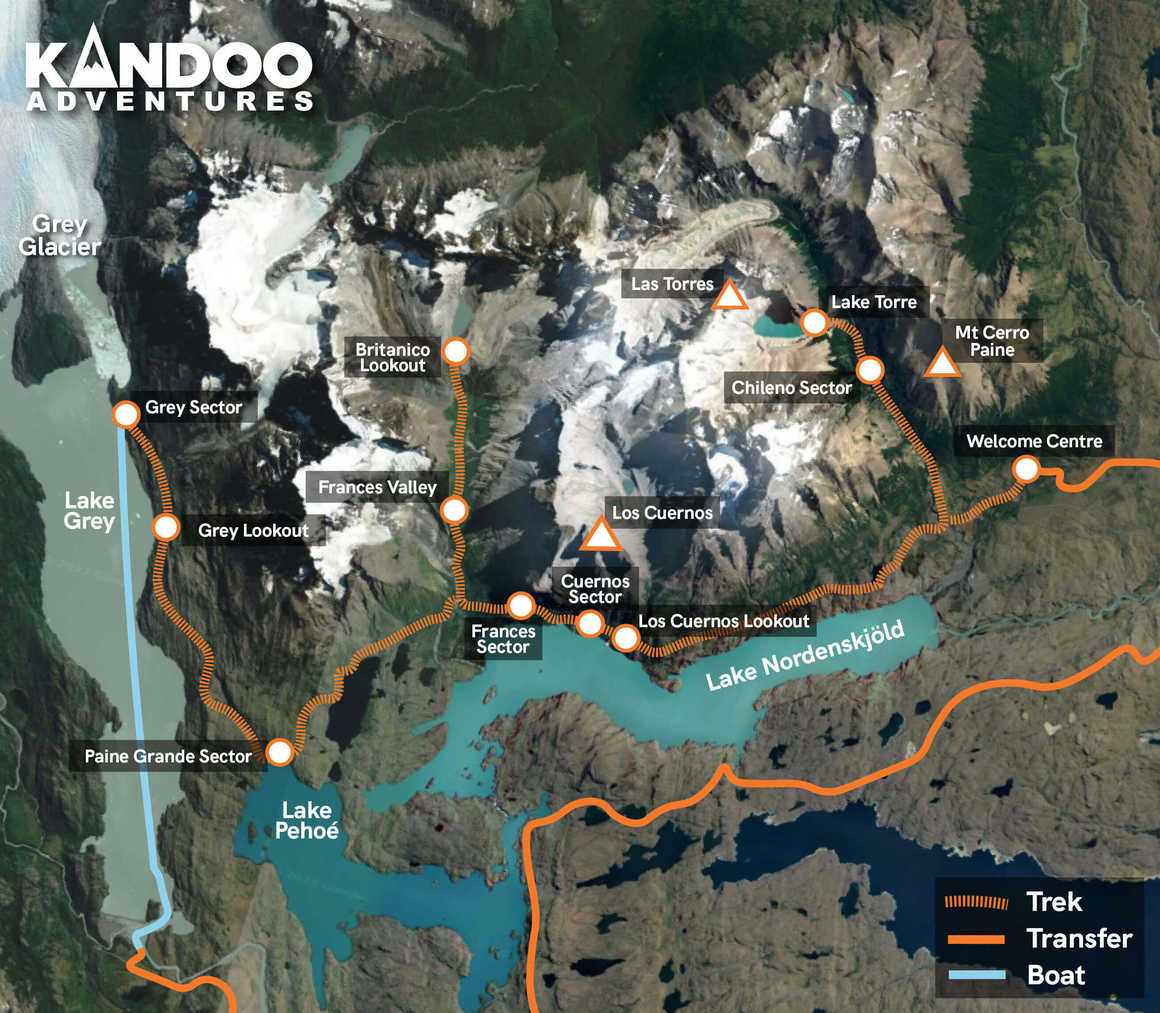
Highlights
- Experience Las Torres, the three iconic granite towers
- Take a boat ride to see the electric blue of the Grey Glacier with its massive icebergs and expansive glacier views
- Witness the awe-inspiring jagged peaks of Cuernos del Paine, a symbol of the national park
Duration
5-6 days
Distance
110 km/68 miles
Difficulty
The W trek is a moderately challenging trip, and a good level of fitness is required to complete this epic route. You could be walking up to 15km a day with up to 900m of ascent and descent and conditions can change quickly. Experience of walking in high winds, heavy rain and on consecutive days will be hugely beneficial for those attempting this incredible journey.

Accommodation
The W Trek offers a mix of hotel stays and scenic camping throughout the journey. Your first and last nights are spent typically spent in a hotel in Puerto Natales, giving you time to relax, explore the town and meet your guide for a pre-trek briefing.
Along the W Trek you’ll stay in campsites located in spectacular settings, though it is possible to stay in lodges (in Spanish called “refugios”) for the duration of your trek if you so choose. There will be shared bathrooms with flushing toilets and hot water at all sites except Camping Los Perros where there is cold water only.
O Circuit Patagonia
The Patagonia O Trek, or O Circuit, is a challenging yet rewarding multi-day hike that includes all the sights of the popular W Trek along with all the wonders of the quieter, northern side of the Torres del Paine mountain range. With very few hikers on this trail, you will enjoy peace and serenity and explore a unique side of Torres del Paine that many will not see.
Like the W Trek, the first leg of the O Circuit is to the Towers of Paine where you will high through the Ascencio Valley. From here, the trail begins in a counterclockwise loop, following the Paine River until reaching Lake Paine. From Lake Paine to Lake Dickson the top section of the loop is formed. This area is more remote and sees fewer trekkers which is a big plus for those who prefer less crowded trails.
Once reaching Lake Dickson, the trail moves southwest until reaching the highest point of the trek, John Gardner Pass at 1,200m (3,900ft). The trail is challenging at this point, but trekkers are reward with views of the Patagonian Ice Fields and Grey Glacier. After descending the pass, the trail will meet up with the W-Trek and the trial may become noticeably more crowded.
The trail continues along the W Trek, but O Circuit trekkers will be hiking in the opposite direction from the majority of people.
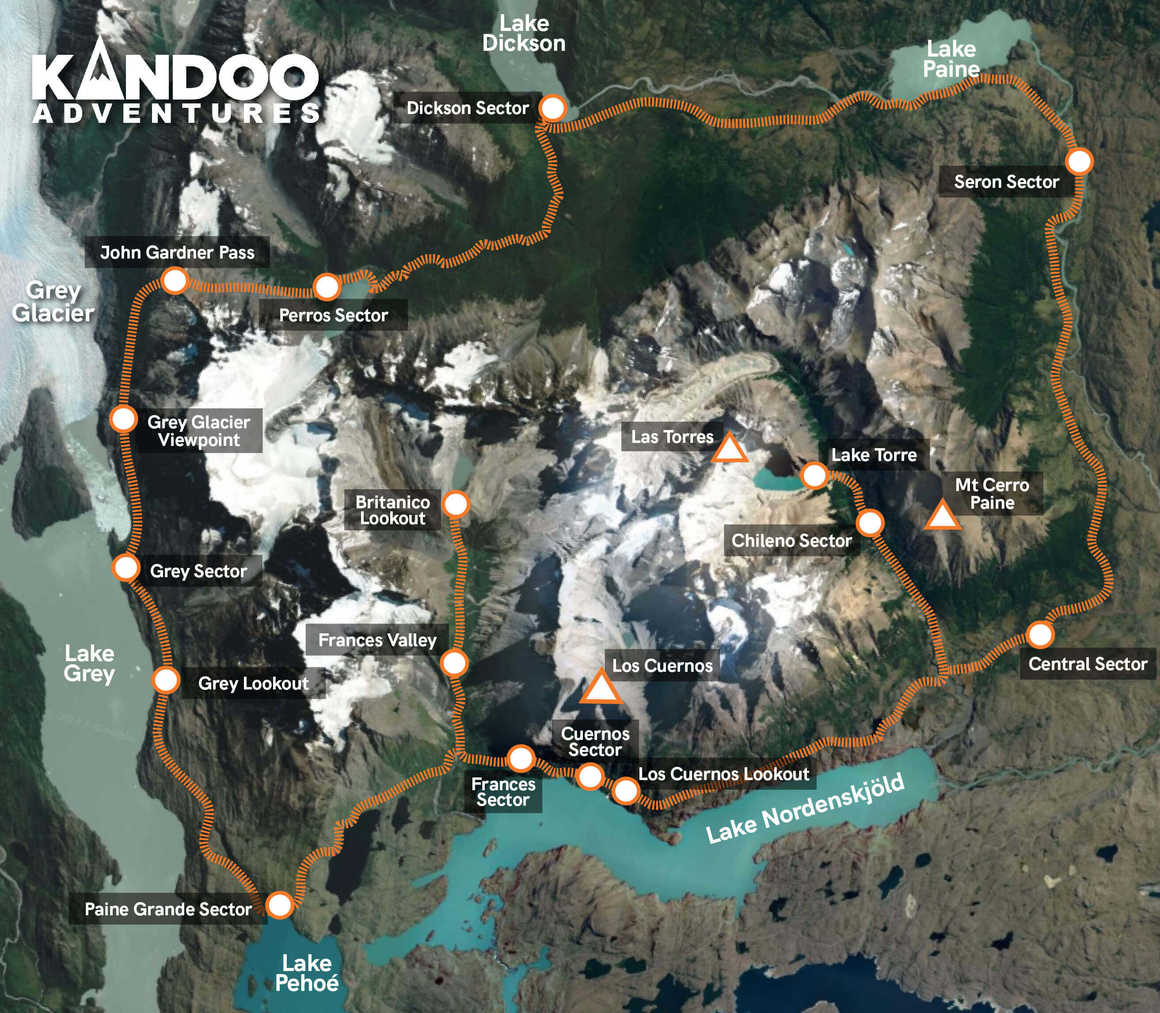
Highlights
- Experience the iconic sights of the W Trek along with all the wonders of the quieter northern side of the Torres del Paine mountain range such as the Los Perros Glacier
- Travel across John Gardner Pass, the highest point of the trek with breathtaking views of the Southern Patagonian Ice Field
- Stay in remote campsites, offering a true Patagonian wilderness experience
Duration
9-10 days
Distance
110 km/68 miles
Difficulty
The O Circuit is a challenging trek and a high level of fitness and endurance training is necessary in advance of this trip. You will be walking up to 12 hours a day over some steep and rocky terrain with up to 1,241m of ascent and descent and conditions can change very quickly. In particular when crossing the John Gardner pass, the wooded ascent has some boggy sections and root strewn paths that make the going slow before breaking the treeline and being exposed to all the weather can throw at you. Experience of walking in mountainous environments for several days in a row is required for those attempting this incredible Patagonian adventure.
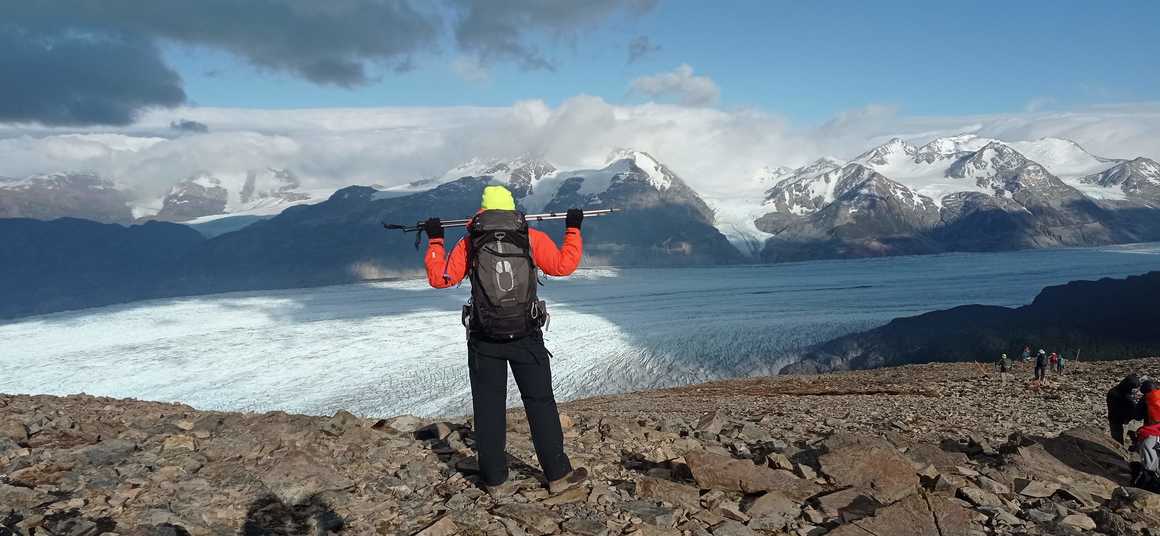
Accommodation
Like the W Trek, the O Circuit usually begins and ends in Puerto Natales, where trekkers will spend their first and last night in a hotel before embarking on the trek.
Camping is compulsory along the north side of the loop as there are no lodges between Refugio Las Torres, near the park’s entrance, and Refugio Dickson. The campsites along the O Trek are rustic but well-established, often located in forest clearings or on the shores of remote lakes. While facilities vary, most offer basic amenities like flushing toilets and hot water. Once the trail reaches Refugio Dickson, lodges are available, but you can continue to camp as well if you would like.
The opportunity to immerse yourself in this unspoilt wilderness makes camping on the O Circuit a one-of-a-kind experience.
Factors to Consider When Choosing Between the O Circuit and W Trek
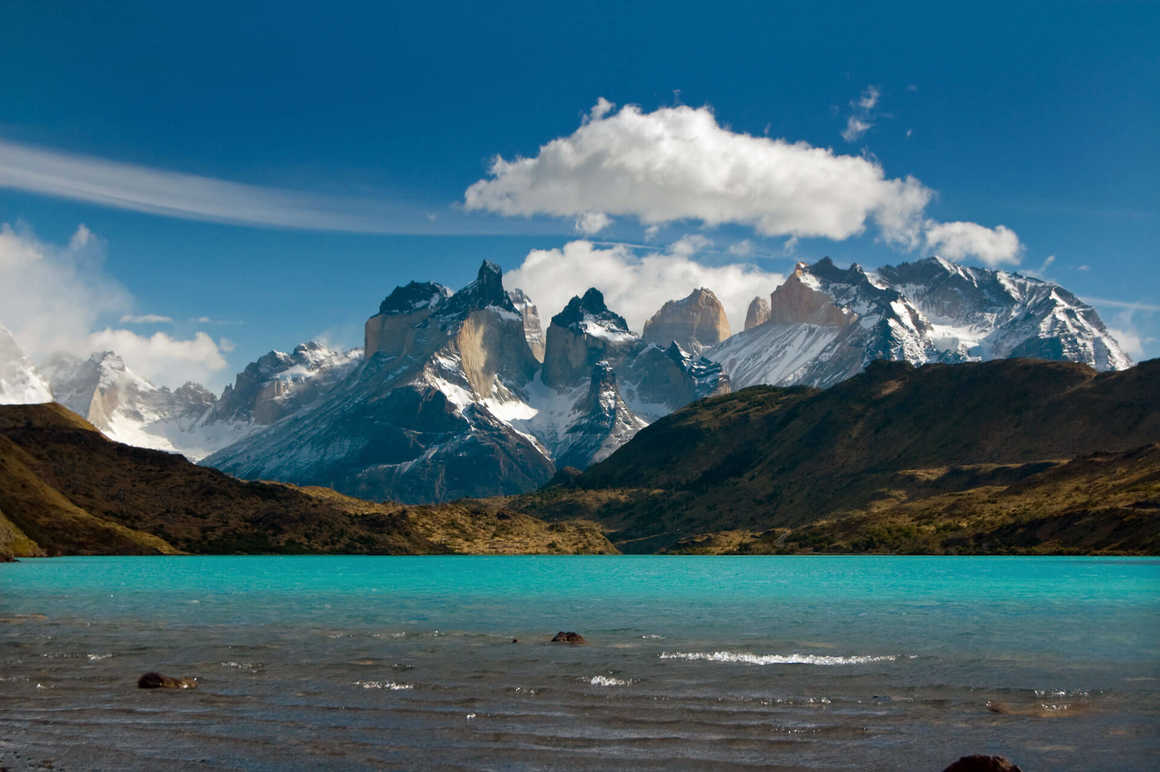
1. Fitness Level
When choosing between the W Trek and the O Trek, your fitness level is a key factor. Both routes offer incredible Patagonia trekking experience. And around every corner will be another awe-inspiring view. The big differences are in the difficulty and the routes.
The W Trek is shorter and less physically demanding, making it a great choice for moderately fit hikers or those new to multi-day trekking. It still includes steep climbs and long days, but it is more forgiving in terms of daily distance and elevation gain. The O Circuit, on the other hand, requires higher endurance. With longer distances travelled each day, more elevation gains and a more remote section, it suits experienced trekkers who are comfortable trekking for 8+ hours daily.
2. Season
Weather is a major factor when trekking in Patagonia, and your travel window might help you determine which trek to choose.
The O Trek is best hiked between November and March, when the full route is accessible and trail conditions are stable. Outside of these months, parts of the route are often closed due to snow and safety concerns. The W Trek, however, has a longer viable season, typically from September through April, making it a more flexible option for travellers. Because of its accessibility the W Trek is the most popular and in turn is the busiest of the two Torres del Paine treks.
Regardless of the month you visit, pack for sun, wind, rain and everything in between as the weather in Patagonia is notoriously changeable.
3. Cost
Cost is also an important consideration.
The W Trek is less expensive than the O Trek due to its shorter duration, but costs vary depending on the trip provider. The O Trek, being longer and more remote, comes with a higher price tag. You’ll need to factor in extra nights, meals, gear, transport and park fees unless travelling with a group. If you’re trekking on a tighter budget and shorter time allowance, the W Trek is likely to be your best option.
For information on how to choose an adventure travel company, check out our guide.
Trekking in Patagonia with Kandoo
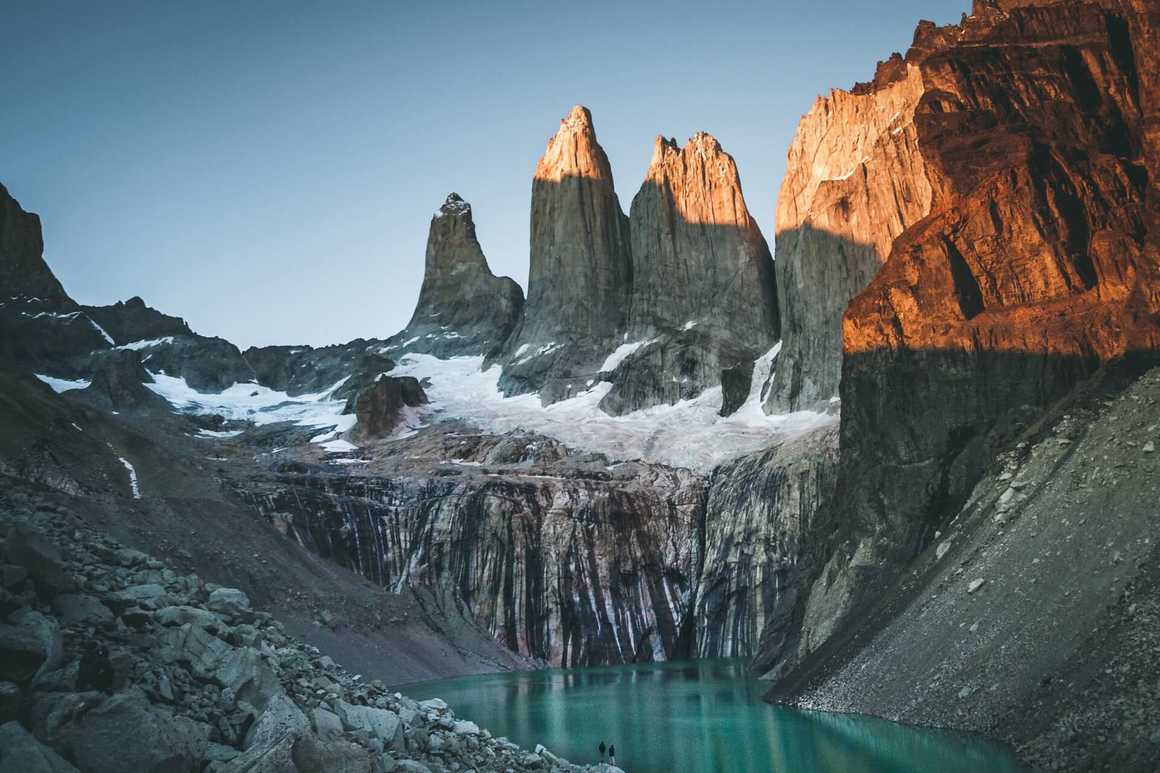
Both the O Trek and the W Trek offer unforgettable experiences in one of the world’s most stunning locations. Whether you’re looking for a shorter, more accessible route packed with iconic highlights such the three granite towers and turquoise glacial crevasses of the Southern Patagonian Ice Field like on the W Trek or a longer, more challenging adventure like the O Trek, we’ve got you covered. Kandoo offer both treks, all lead by experienced local guides who know the terrain, weather and have detailed local knowledge that will entertain and educate you as you trek. The magic of Patagonia is unrivalled. Whichever trek you choose, we guarantee you’ll make memories here that will last a lifetime, and we can’t wait to share them with you.
